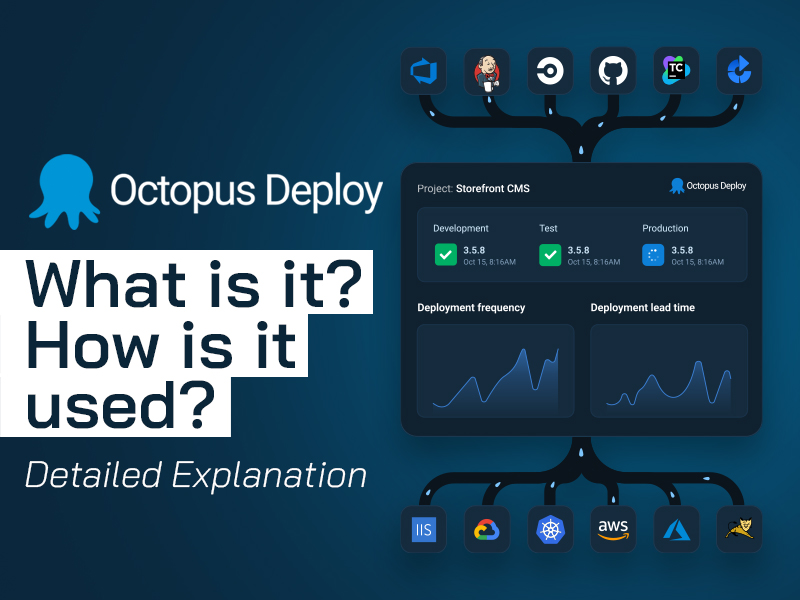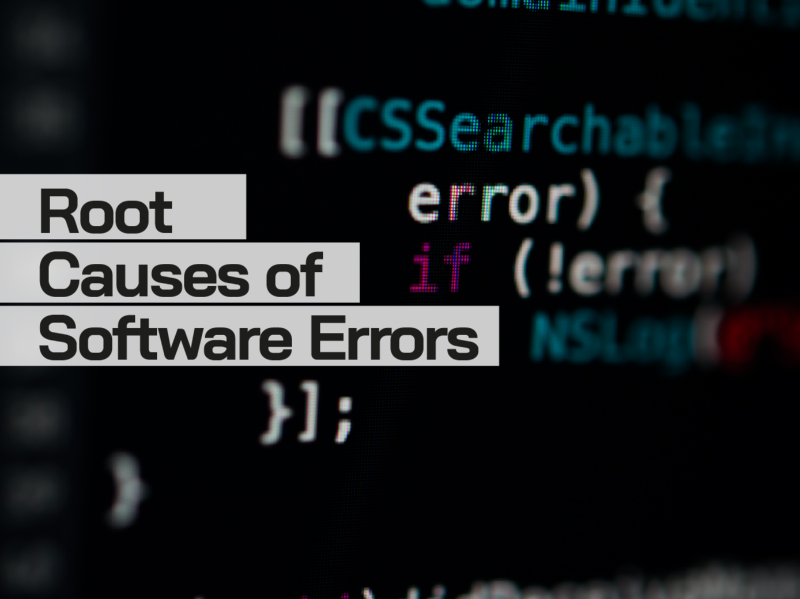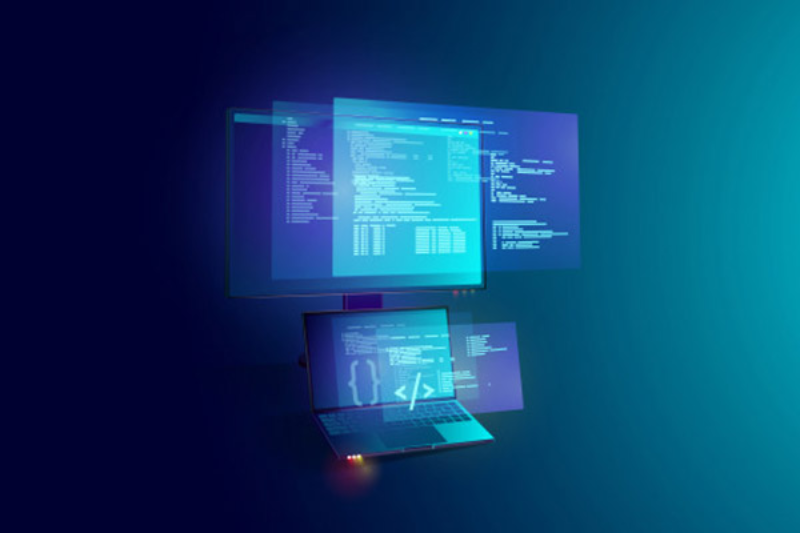Modal title




Why Mobile Application Testing is Critical for Improving User Experience and Boosting Business Success
437 days ago
Mobile Applications
Mobile Applications



Why Performance & Resilience Testing Matters in the PSD2 Era?
59 days ago
#PSD2 #PerformanceTesting #Resilience #FinTech #OpenBanking #Compliance #LoadTesting #StressTesting #EBA #BDDK #BaFin #FCA #Virgosol
#PSD2 #PerformanceTesting #Resilience #FinTech #OpenBanking #Compliance #LoadTesting #StressTesting #EBA #BDDK #BaFin #FCA #Virgosol

Hardware-Level AI: How It’s Transforming Test Engineering
75 days ago
#AI #HardwareAI #EdgeComputing #ChipDesign #NPU #NeuralEngine #TechInnovation #TestEngineering #QualityAssurance #SoftwareTesting #HardwareTesting #TestAutomation #QAExperts
#AI #HardwareAI #EdgeComputing #ChipDesign #NPU #NeuralEngine #TechInnovation #TestEngineering #QualityAssurance #SoftwareTesting #HardwareTesting #TestAutomation #QAExperts

Digital Transformation Is Out, AI Transformation Is In: New Game, New Rules
145 days ago
#Innovation #Technology #DigitalTransformation #ArtificialIntelligence #FutureOfWork #Leadership #Strategy #AI #MachineLearning #DataScience #AITransformation #DigitalTransformation
#Innovation #Technology #DigitalTransformation #ArtificialIntelligence #FutureOfWork #Leadership #Strategy #AI #MachineLearning #DataScience #AITransformation #DigitalTransformation

